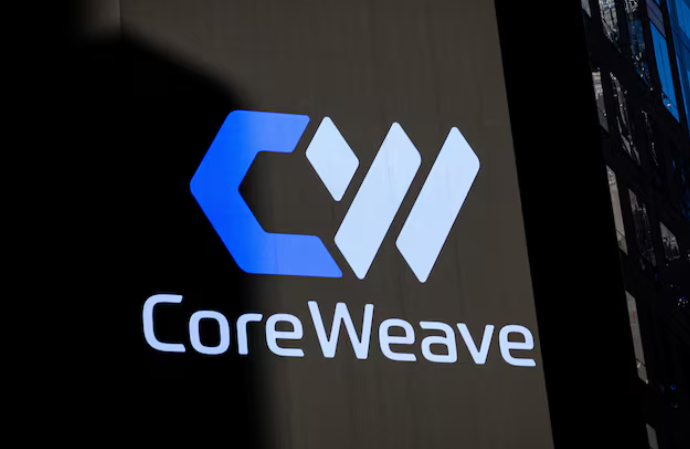
Recently, CoreWeave, an AI infrastructure provider whose core business is GPU-accelerated cloud computing, has encountered a major challenge—severe latency issues in its data centers, triggering customer dissatisfaction and market turmoil. As a high-profile "AI hyperscale cloud" company, CoreWeave's latency crisis not only exposes the hidden dangers behind its rapid expansion but also reflects deep-seated contradictions in the AI computing infrastructure field.
CoreWeave has achieved explosive growth in the past two years thanks to its deep collaboration with NVIDIA, its ability to rapidly deploy the latest GPU hardware, and its data center architecture optimized for AI. Its customer list includes giants such as OpenAI and Microsoft, and its stock price has soared 260% since its IPO. However, with the rapid expansion of its business, data center latency issues have gradually emerged. Multiple customers have reported a significant increase in network latency and data processing latency in some of CoreWeave's data centers, leading to interruptions in AI model training, decreased inference efficiency, and even impacting the progress of critical projects. For example, an autonomous driving company had to suspend algorithm iteration due to unexpectedly high data synchronization delays. This incident directly caused CoreWeave's stock price to plummet by 12% in a single day, and market doubts about its "computing power stability" have intensified. The root cause of the latency issue lies in the disconnect between CoreWeave's aggressive expansion strategy and infrastructure optimization. Firstly, hardware deployment far outpaced network infrastructure upgrades. While the company deployed top-tier GPUs like the Blackwell architecture GB200 ahead of time, the construction of supporting fiber optic networks, 5G base stations, and edge computing nodes lagged behind, leading to data transmission bottlenecks. Secondly, there was insufficient collaboration across regional data centers. CoreWeave's 32 data centers in the US and Europe relied on high-speed InfiniBand networks for interconnection, but the geographical span and surge in traffic overloaded some links, resulting in persistently high processing latency. Thirdly, the software scheduling system was under pressure. Although its proprietary Tensorizer tool optimized GPU utilization, resource allocation defects still existed in high-concurrency scenarios, exacerbating processing latency.
The latency crisis had a multi-faceted impact on CoreWeave. Firstly, some customers with extremely high real-time requirements (such as high-frequency trading and autonomous driving companies) began shifting their computing power orders to traditional cloud giants like AWS and Google Cloud. Secondly, Wall Street has questioned the sustainability of its "take-or-pay" model—if the delays persist, long-term contract customers may demand renegotiation, impacting the company's revenue stability. Furthermore, competitors are seizing the opportunity: Oracle Cloud announced a "zero-latency AI zone," and Microsoft Azure is accelerating the deployment of its self-developed AI chips, further squeezing CoreWeave's market share.
Faced with this crisis, CoreWeave needs to take systematic measures: first, accelerate network infrastructure improvements by investing in fiber optic expansion and 5G edge nodes, and optimizing cross-data center routing algorithms; second, upgrade its software scheduling system by introducing AI-driven dynamic load balancing technology; and third, promote an integrated "computing power-network-storage" architecture to reduce the cumulative effect of delays across all stages. In the long term, the company needs to find a balance between expansion pace and infrastructure optimization to avoid repeating the mistake of "scale first, quality second."
This delay incident serves as a wake-up call for the AI computing power industry: in the race to achieve computing power scale, the stability and efficiency of infrastructure are the core competitive advantages. Whether CoreWeave can overcome the crisis and rebuild trust will determine whether it can maintain its leading position in the golden race of AI infrastructure.

Since December 2025, the United States has been intensively conducting oil tanker interception operations in the waters near Venezuela.
Since December 2025, the United States has been intensively…
When U.S. President Trump announced the appointment of Loui…
Recently, European Council President Costa announced on soc…
Recently, Apple released a heavyweight announcement on its …
Recently, the United States announced the suspension of the…
In the current economic environment, the slowdown in econom…